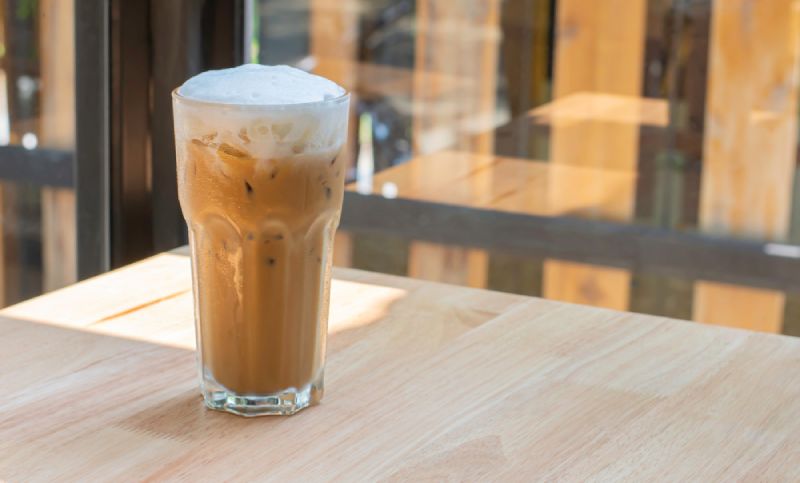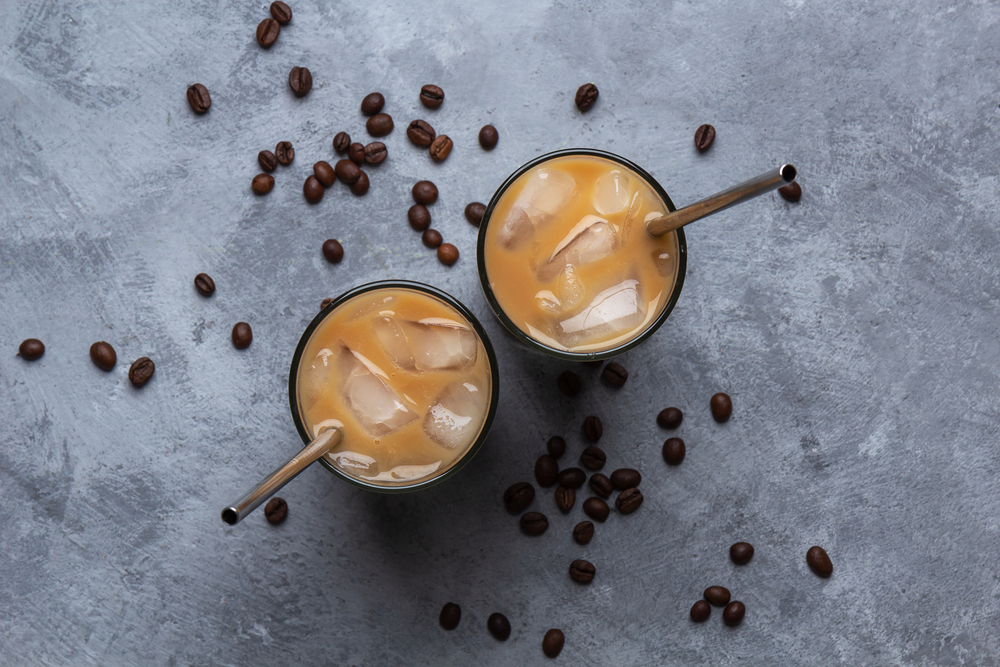The Cold Side of Lattes: Exploring Iced and Cold Brew Lattes
Short answer: Yes, a latte can be cold. This versatile coffee drink, traditionally served hot, can indeed be enjoyed cold as well, offering a refreshing alternative for warmer weather or for those who prefer a cooler drink. There are two common types of cold lattes: iced lattes and cold brew lattes.
Iced Lattes: A Chilled Classic
Iced lattes are a straightforward adaptation of their hot counterparts. They’re typically made by pouring a shot (or more) of hot espresso over cold milk and then adding ice.
“An iced latte provides a perfect balance of rich espresso and cool, creamy milk, offering a refreshing twist on the traditional hot latte.”
The hot espresso slightly warms the milk, creating a drink that is cool but not icy cold. The finished iced latte has a creamy texture and a robust coffee flavor, making it a popular choice among coffee enthusiasts during summer months.
Cold Brew Lattes: A Smoother, Less Acidic Alternative
Cold brew lattes, on the other hand, use cold brew coffee instead of espresso. Cold brew coffee is made by steeping coarsely ground coffee in cold water for an extended period, usually 12 to 24 hours. This slow process results in a coffee concentrate that is smooth, full-bodied, and less acidic than regular brewed coffee or espresso.
To make a cold brew latte, this concentrate is diluted with cold milk and served over ice. The resulting drink is smooth, rich, and less likely to taste bitter or overly acidic. It’s a fantastic option for those with sensitive stomachs or anyone looking for a smoother coffee experience.
“The cold brewing process results in a smoother, less acidic coffee, making cold brew lattes a delightful option for those who prefer a milder flavor.”
Pros and Cons of Cold Lattes
Like any beverage, cold lattes have their pros and cons, and these largely depend on personal preference.
Pros of Cold Lattes
- Refreshing: The cool temperature of cold lattes makes them a refreshing choice, especially in hot weather.
- Smoother Flavor: Particularly in the case of cold brew lattes, the drink often has a smoother, less acidic flavor profile compared to hot lattes.
- Variety: Cold lattes can be customized with a variety of flavors, just like hot lattes. Popular additions include vanilla, caramel, and chocolate.
Cons of Cold Lattes
- Ice Dilution: Over time, the ice in an iced latte can melt and dilute the drink, potentially watering down the flavor.
- Preparation Time: Cold brew lattes require a longer preparation time due to the slow cold brewing process.
Conclusion: Enjoying Lattes, Hot or Cold
In conclusion, lattes can be enjoyed both hot and cold, providing coffee lovers with options to suit different moods, seasons, and flavor preferences. Whether you opt for an iced latte on a hot summer day or a comforting hot latte on a chilly morning, the essence of a latte – the harmonious blend of espresso and milk – remains wonderfully constant.



